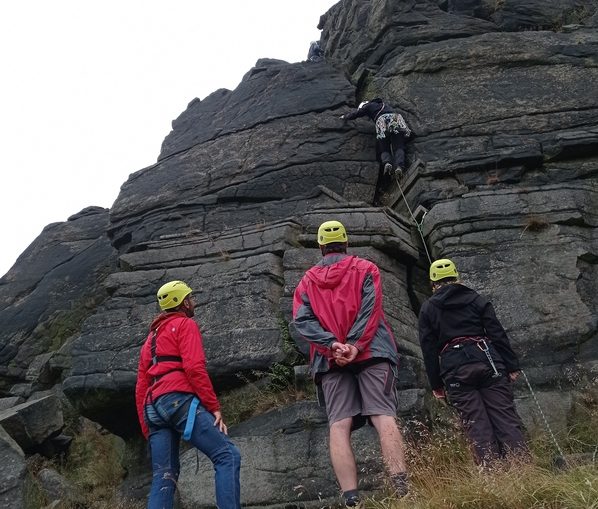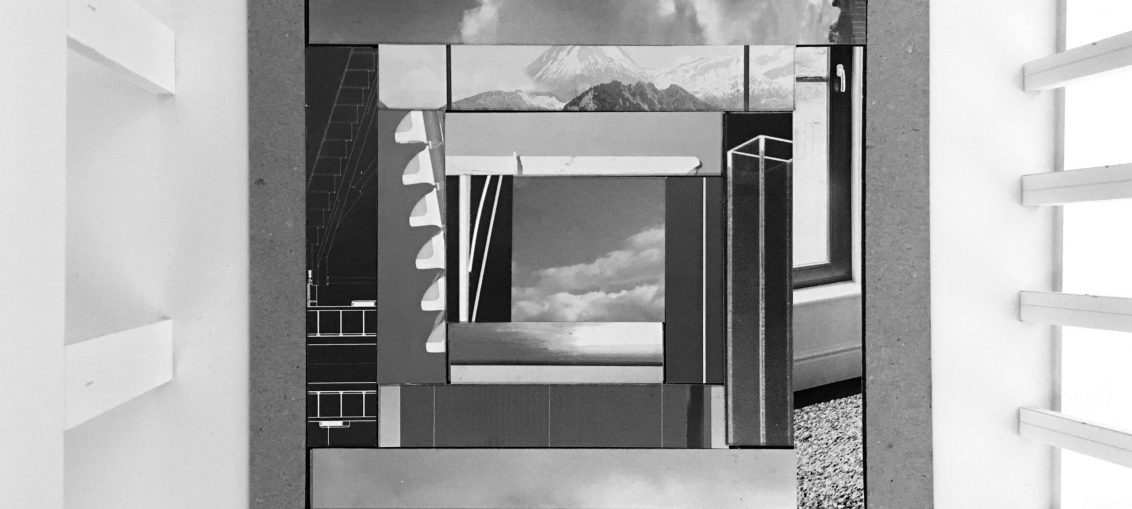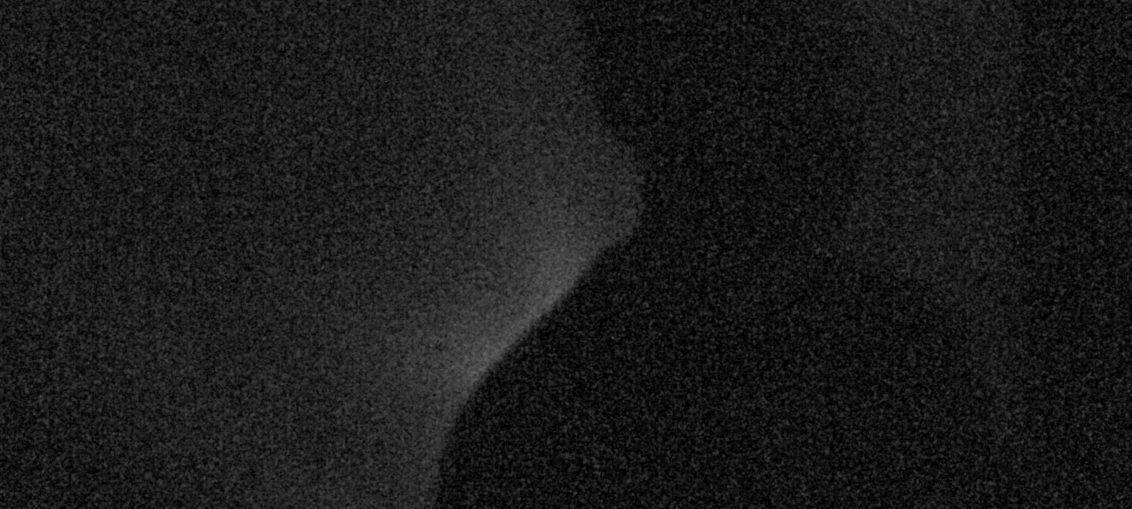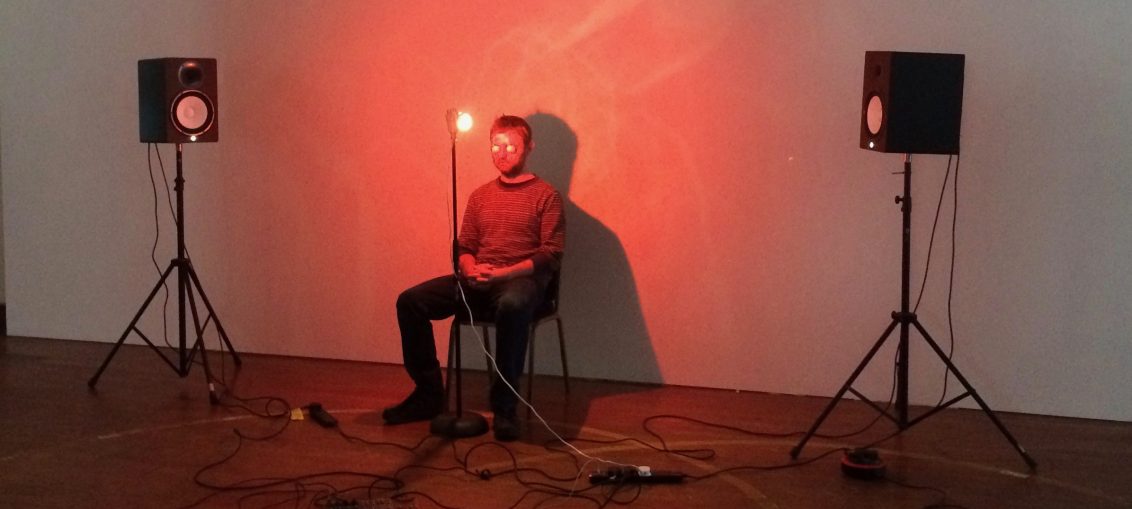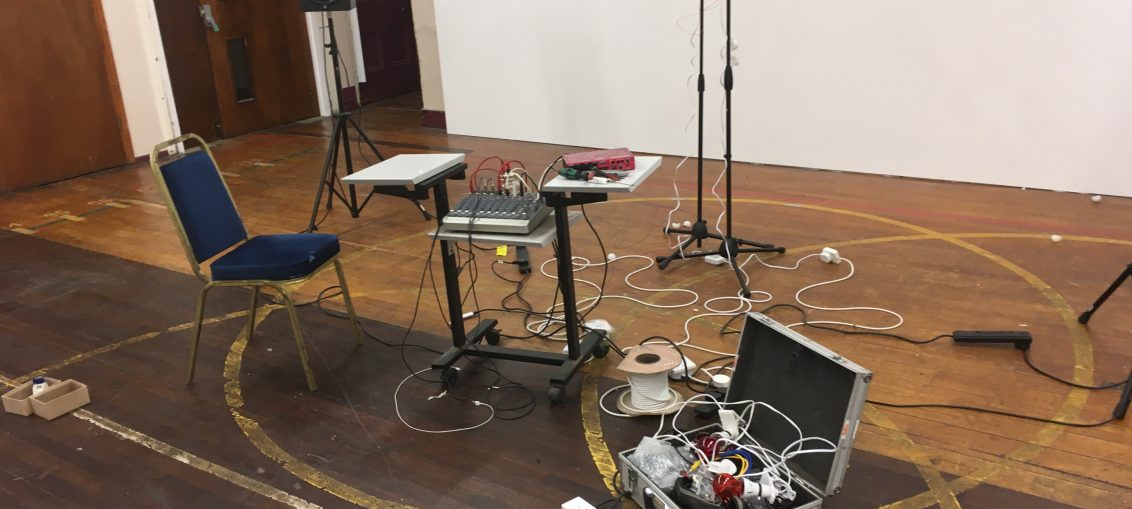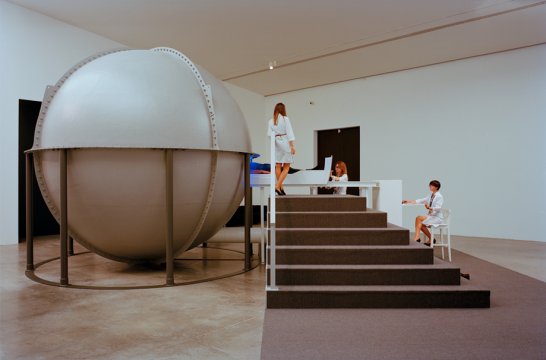MossWorlds: The Exhibition is now on! National Trust Castlefield Viaduct 22 Oct 2025 – 1 Feb 2026 Step into the lush, layered world of moss a quiet hero of Manchester’s past, present, and future. Through immersive art, music, poetry, and hands-on activities, MossWorlds re-stories moss as more than a plant: it’s resilience, intelligence, and wonder. From lowland bogs to railway embankments, community parks to viaduct gardens, moss has always been part of Manchester’s evolution See more info on exhibition here See more about the project here: https://mossworlds.co.uk/
Tag: exhibition
Perception Group exhibit Para-lab Report 2021
para-lab Perception Group: Antony Hall and Ellen Poliakoff.The perception group explore the creative possibilities of re-creating experimental psychology within the context of an expanded [collaborative and interdisciplinary] art practice. The group work with aspects of sensory deprivation and multisensory illusion ( the clay hand illusion, ganzfeld and strange face illusion) which combine touch sound and visual elements. Artefacts include outcomes from the 'Experiments in art and perceptual illusion project' a PhD project by Antony Hall based on collaborative work with experimental psychologist Ellen Poliakoff. The exhibit consisted of workshop editions resources, instructions, diagrams and a collaborative research paper co-authored by Hall and Poliakoff [More information on para-lab report 2021 here...].
Moss Map
During a residency with Gallery Oldham (2021) I worked with bryological (moss) specimens collected from the local area 150 years ago. This inspired a series of meandering walking workshops focused on revisiting and recollecting mosses from my local area. Meandering is a form of walking fieldwork where participants engage in a series of "focused distractions"—activities like collecting, sampling from the environment, and microphotography—to redirect their attention and uncover alternative perspectives. The Moss Map serves as a multi-layered, always changing, exploration of experience and memory, documenting a meandering research journey. See Bryophytes project with Gallery Oldham Images from the 'Proximity' exhibition At Abingdon Studios 26 Aug – 16 September 2021. The 'Moss Map' and bottle terrariums were created as part of the bryophytes project
para-lab report
para-lab invite you to join us as we come together to display and discuss a series of ongoing collaborations between artists and scientists. The report will be presented through artefacts accumulated from the process of collaboration, as well as workshops and a mini-symposium (free) registration on Eventbrite) to contextualise the work. The weekend acts as a marker along the path of long-term, open-ended collaborations and a platform for the participants and the public to get together in real life after so long operating only online. Open to the public: Rogue Project Space, Thursday 23rd September, 6 - 8Saturday 25th September, 11- 5, Sunday 26th September, 12 - 4.
Proximity at Abingdon Studios
PROXIMITY; An enquiry into the spatial and social elements of practice as research. Anne-Marie Atkinson | Ann Carragher | Antony Hall | Jackie Haynes | Rebecca Howard |Sarah-Joy Ford. 26 Aug – 16 Sept* *Window Gallery visible 24/7 *Upper Floor Project Space open Fridays and Saturdays 11-4pm or by appointmentProximity is a collective of 6 artists interested in the spatial and social elements of practice-as-research (est. May 2019). We have met online weekly since lockdown began, and have developed our approach of “convivial aesthetics” in the virtual realm. Through these meetups, we have provided professional, creative, and emotional support for one another – spending more time in proximity to one another, digitally in each other’s homes. Together we have taken part in several residencies, where our proximity
PhD exhibition Launch
The Workshop as Art: Insight Into the Subjective Experience of Perceptual Illusion Through an Expanded Art Practice Exhibition of works submitted in partial fulfilment of the requirements for the Degree of Doctor of Philosophy This virtual exhibition presents a new body of work exploring perceptual illusion and the workshop as a form of art. The workshops explore the effects of simulating illusory experience through combinations of sound, light and touch, as well as sensory deprivation. The workshops highlight the extreme subjectivity of everyday experience and raise some more unusual questions: What is it like to be invisible? What is it like to be outside of our bodies? Or to embody an and entirely unfeasible object? And what is the role of imagination
Mirror Gaze Experiment @MSP
I have been working with Manchester Science Partnerships to develop a range of workshops for their customers, the resident companies that use the park. The first session was the 'mirror gaze experiment'. During the mirror gaze experiment [MGE] participants are asked to stare at their own reflection in a mirror in a nearly dark room. An outline of the head is visible as a faint silhouette. In this state of partial sensory deprivation, the brain struggles to make sense of the information it sees. Forms and shapes begin to emerge as if from nowhere. For many observers, these develop into vivid visual hallucinations “monsters, archetypical faces, faces of relatives, and animals” (Caputo, 2012; Bortolomasi et al., 2014). This
Proximity – @ Paradise works 11/12/2019
GANZFELD Translucent White Hemispherical Domes x 2 45mm diameter. Handmade signed edition of 20. Image: Anya Stewart Maggs Images from the Proximity show at Paradis works; I created these handmade cardboard box containing two ‘Ganzfeld Hemispheres’. These are translucent white domes perfectly shaped and crafted to fit in the eye socket, with elastic strap and small ceramic bead for adjustment. Inside are a set of instructions. A signed edition of 20 was produced as a workshop resource. The work is activated through its use, and the experiences that come through its use, and continued practice. Ideally, it should be stored alongside other items in the medicine cabinet. [See the current version of this workshop - Perception without object] I also showed a series of transcripts
Seven Practical experiments
Images from 'Seven Practical Experiments' workshop as part of Sum total of all the actions at Rogue artists studios. 1: Feldenkrais - See notes on the inwardly generated image (by deformation of the eyeball) 2. Anomalous perception scale Spontaneous sensations 3: Action intention paradox [See developmental notes] Alien hand 4: Concerning the inwardly generated image [See notes on Ganzfeld variation 1] 5: You are the object of your own observation [See notes on the mirror gaze experiment] 6: You are the object of your own observation. Mirror Gaze experiments in near darkness. 6: Perception without object [The perception of spatial relationships in respect to the orientation of one's body despite distracting information] See notes on Ganzfeld variation 2 7. The permanent possibility of experience. An based on the experiments of Ernst Mach [Notes to come]
Sum Total Of All The Actions 6
Sum Total Of All The Actions 5
Sum Total Of All The Actions 4
Sum Total Of All The Actions 3
Sum Total Of All The Actions 2
Sum total of all the actions 1
Sum total of all the actions
Carsten Holler / Olafur Eliasson
Carsten Holler is a key example within this study, often re- appropriating science for the purposes of art. Staging ‘Quasi-scientific’ experiments (Windsor, 2018) which transform the gallery into a laboratory. Often disorientating the viewer, or more appropriately, the participant. As well as the large-scale installations smaller performative works such as ‘Kit for Exploration of the Self’ (Carsten. Holler, 1995) take the form of durational perception changing instruments such as ‘Upside Down Glasses’ (Carsten Holler, 1994-2018). These both directly re-appropriate methods from experimental psychology (Stratton, 1896). Many of the works require the participant to travel through them or offer the opportunity to make decisions of which there are no return or unknown outcomes, further reinforcing this active notion of experience as
Labyrinth Psychotica
Labyrinth Psychotica is an artistic research project that aims to simulate the experience of psychosis. It uses multisensory [tactile and sonic] elements in combination with the maze environment, to create a fully immersive experience. The maze mechanism also serves as a metaphor for attempting to get inside the mind of another. The investigation aimed to not only portray an experience of psychosis but one that was ‘artistic’. It further asks if such an endeavour could prove ‘useful’. Though I can only speak from my experience of the work [1], it did seem effective in conveying elements of this experience, such as; loss of personal boundaries, and blurred borders between the body and space. Another element which resonates with Action Lab is the
Lenticular goggles
Speaking with an artist while making plans for a future Action Lab, I came up with the idea of making these lenticular glasses [Above], which use a lenticular lens [textured with lines or ridges] which have the effect of dividing the visual field into lines. In an urban or interior space, vertical and horizontal lines are common. These become enhance or reduced depending on the orientation of the lens. Using the lens in a vertical alignment, steps become invisible, but when the lens is rotated they become enhanced. Using a combination of both things get even stranger. Point light sources create strong bright lines. I have yet these in a natural environment.
James Turrel – Light Reignfall
[vimeo 75419053 w=640 h=360] James Turrell's Light Reignfall @LACMA - Andrew van Baal James Turrell's Light Reignfall Light Reignfall is a work from his series of perceptual cells, inside the participant is exposed to a uniform homogenous field of modulated light. A combination of sensory overstimulation, yet deprived of recognisable forms or space, hallucinatory effects are experienced. “Assisted by an attendant, an individual viewer enters a spherical chamber on a sliding bed. A program of saturated light (operated by a technician) surrounds the viewer for twelve minutes, allowing the visitor to experience the intense, multi-dimensional power of light and the complex seeing instrument of the human eye.” "James Turrell (b. 1943, Los Angeles), a key artist in the Southern California Light and Space movement
Enki Manchester Science Museum
Some of the early experiments for the Enki project at Museum of Science and Technology Manchester 2007... We recorded brainwave data and monitored the behaviour of the electric fish during the experiment. The electrical activity of the fish is experienced as sound and light via ENKI (a stroboscopic high frequency led placed close to eyelid) and the natural binaural frequencies produced by the interaction and communication between Black Ghost Knife fish. The participant's bio-electric field was connected to the aquarium allowing the fish to sense a human (bio)electric image or presence. Museum of Science and Industry Manchester, 7th October 2006
Enki interface 2006-2013
This project formed the basis for my PhD proposal. Initially, it was an investigation into the behaviour of electric fish, which have the ability to navigate and communicate using electro-perception. I investigate ways in which to communicate and interact with them. , I soon started to become interested more widely in perceptual and psychological experiments with humans; themes of interconnectedness, extending sensory perception. More specifically a notion of the 'body as electric image'. " The ENKI project was developed through an Arts Council, International Artists Fellowship, Pepiniere programme, Paris, with Centre National de la Recherche Scientifique (CNRS) France in 2006. It has been shown in the UK Europe including, Dutch Electronic Arts Festival, NL, CAAC, Seville, Spain 2007. International Festival of Art /Science
ENKI exhibition at Kapellica Gallery
10/2012– 01/2013 Enki [Solo show] Kapellica Gallery, Ljubljana, Slovenia Enki experiment 5 Possibly the final showing of the ENKI project ENKI is a series of experiments in bio-interfacing between humans and certain types of Electrogenic Fish .. Ultimately this is achieved through psycho-acoustic audio and visual entrainment as a means of modulating human emotional state. During this process, bio-electrical activity is monitored and used as a means to create a feedback loop between organisms. The research aims to study the interaction between tiny bio-electrical fields of both species [human and fish] specifically the way in which these fields modulate and the means of controlling them. It also aims to discover if it is possible to create a harmonious state of interaction that can



